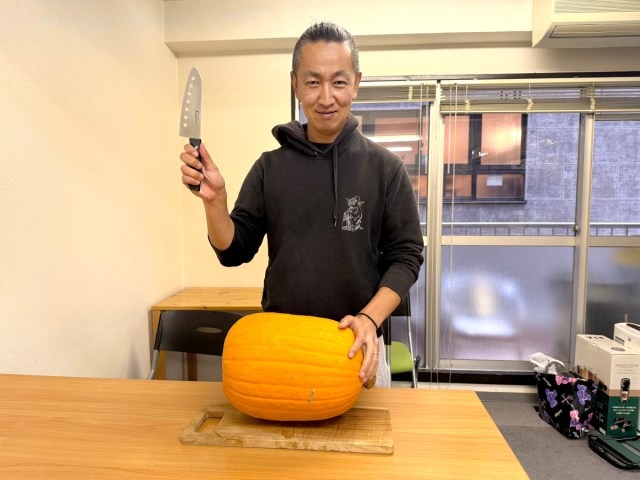
It’s the great pumpkin, P.K. Sanjun!
It’s Halloween once again in Japan, which means… Well, it’s still not really clear what Halloween means in Japan. Sure, there are a lot of decorations and other merchandise for sale, but as far as an agreed-upon set of customs, it’s a little foggy here. The closest we had was probably the big street party in Shibuya, but that seems to have gotten out of hand and is now being clamped down on.
So, we all must find our own Halloween spirit for now and come up with ideas on what to do. Fortunately, our boss Yoshio is an eternal spring of ideas, but unfortunately, only about one in ten are remotely good ideas.
▼ Past ideas include plastering his car.

So, when Yoshio approached our writer P.K. Sanjun with a fun Halloween experiment, P.K. was hesitant, to say the least.
▼ Yoshio: “Hey, P.K., I got a great idea!”
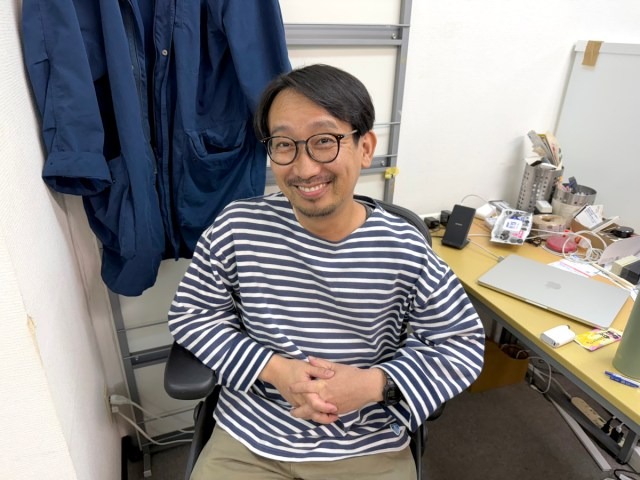
▼ P.K.: “…”
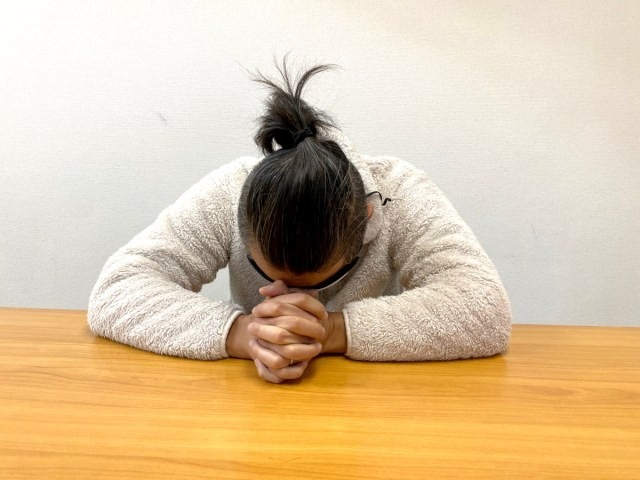
▼ Yoshio: “…”

▼ P.K.: “…”

▼ Yoshio: “…”
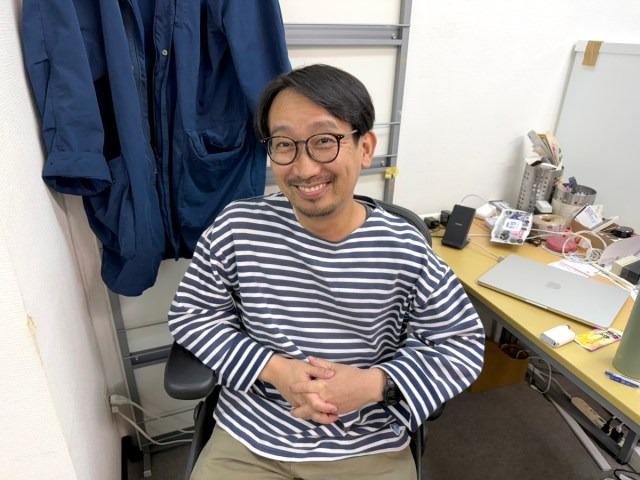
▼ P.K.: “…”
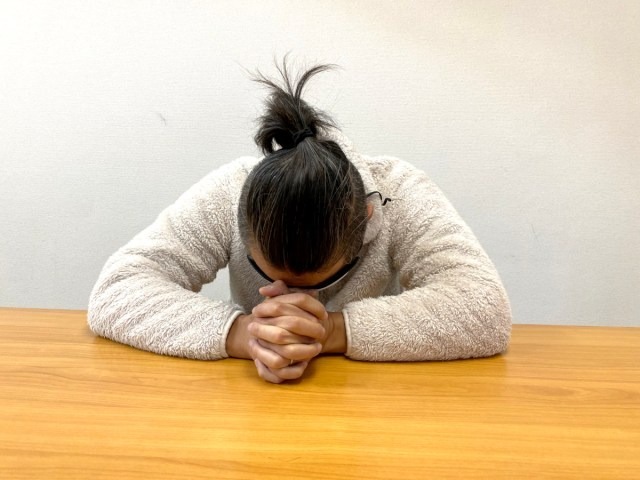
▼ Yoshio: “I said I got…”

▼ P.K.: “Ugh, what is it?”

▼ Yoshio: “I saw an ornamental Halloween pumpkin for sale at the flower shop just now! It’s only 2,500 yen (US$16)! Why don’t you try eating it?”
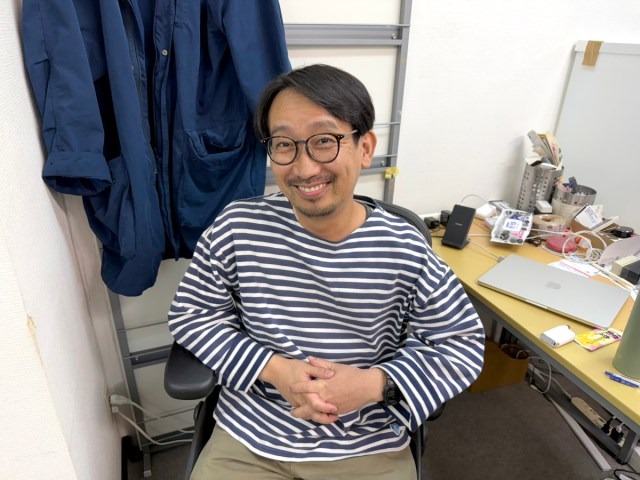
Bearing in mind that most Japanese people have no experience carving jack-o-lanterns, this idea didn’t seem so crazy to P.K. After all, pumpkins are quite a common fixture in Japanese meals, and a Halloween pumpkin didn’t seem all that different from the kind he’s often eaten in the past.
P.K. found himself curious about what it might taste like, so he headed over to the flower shop to buy it. While there he asked the staff if they’ve ever eaten a Halloween pumpkin but they just looked at him strangely.
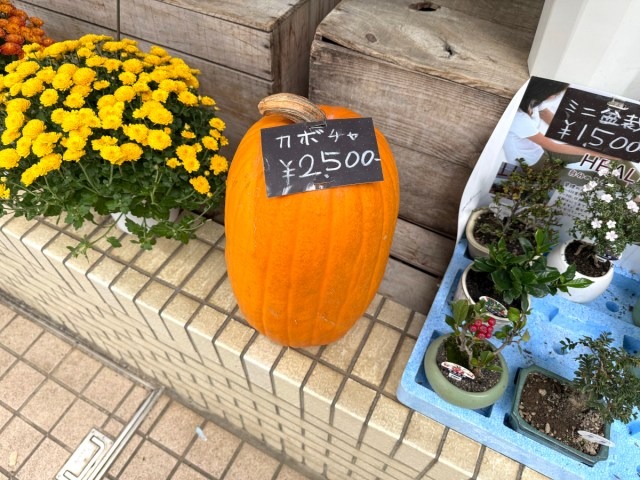
The Japanese word for pumpkin is “kabocha” which, like the English word “pumpkin,” actually very loosely covers a wide variety of winter squashes. Even the pumpkins used for making jack-o-lanterns can vary quite a bit such as Howden, Connecticut Fields, and Autumn Golds. Meanwhile, in Japan the typical kabocha is the Cucurbita maxima, a small, green gourd with a delightfully sweet taste… or so I’m told. I’ve been so traumatized from the stench of jack-o-lantern innards that I can’t go near the stuff.
▼ A cut of kabocha

P.K.’s own Halloween trauma, however, had yet to happen and he eagerly got to work preparing his pumpkin for consumption. For all he knew, it might even be better than a kabocha. It certainly was both a lot bigger and a lot harder than he expected.

After applying a lot of elbow grease, he managed to saw his way through the pumpkin, directly down the middle much like one would to a kabocha.

He then diced the firm flesh of the pumpkin much like one would with a kabocha. A common was of serving kabocha in Japan is to dice it and let it stew in some flavorful seasonings like mirin, sugar, and soy sauce.
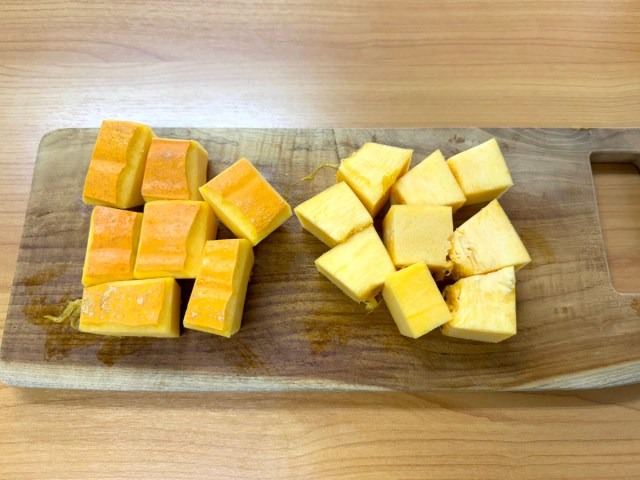
Finding a kabocha recipe online, P.K. first microwaved his pumpkin cubes to make them more tender.

He then let them simmer in a pot of various tasty liquids to lock in loads of flavor.

It was surprisingly simple and P.K. felt very proud of how motherly his cooking looked.

The only visual difference was that the outer layer was orange instead of kabocha’s characteristically green outside.
▼ For comparison, here is some kabocha, cooked in a similar way. Notice the green tinges.
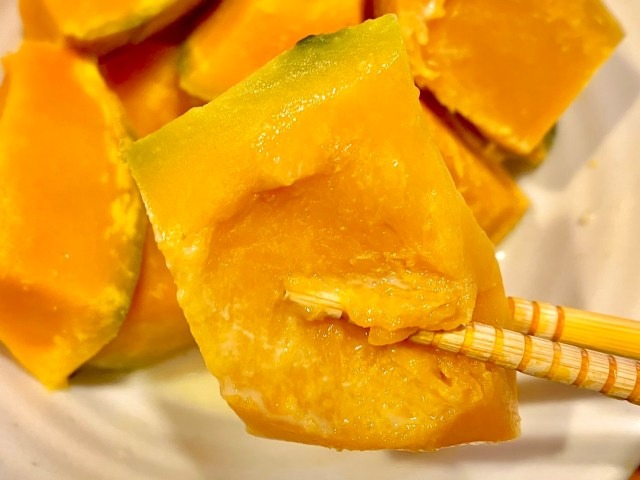
Our writer was looking forward to trying it out. After all, the bar was set pretty low, even if it was decent but not quite as good as kabocha, this would still be a relative success. But, if it turned out to be better, than this could be a culinary discovery on par with putting an ice cream cone in ramen.

P.K. popped a morsel in his mouth and immediately handed down his verdict…
▼ P.K.: “Oh, this sucks.”
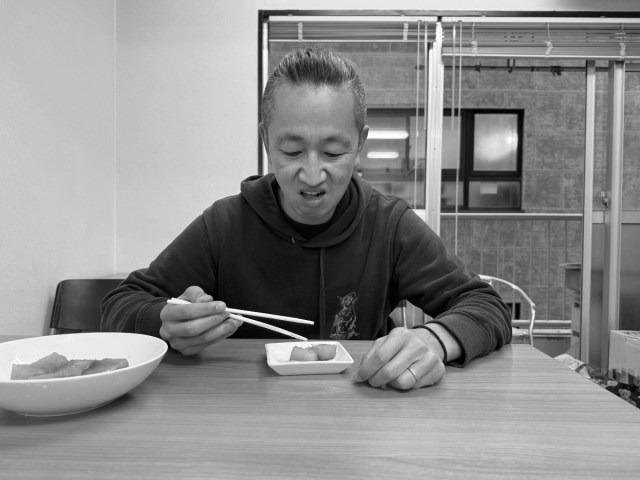
The first disappointment came when he bit into the grainy, fibrously crunchy texture of the pumpkin that was nothing like the hot-potato-like fluffiness of kabocha. The texture was so unforgivingly entrenched in the pumpkin flesh that he had to tolerate it right up until he could swallow it.
The taste could best be described as “non-existent” aside from the sugary taste that he injected into it. If it weren’t for that, this would probably have been inedible for him. P.K. would best sum up pumpkin as “an object that is able to be ingested” rather than a food.
There was also a very uncomfortable bitterness in the aftertaste, which contained just a hint of kabocha essence in it. P.K. was able to cling to that ethereal thread of tastiness that linked pumpkins and kabocha.
P.K. was now certain that Halloween pumpkins are not meant to be eaten unless he ended up in a Mad-Max-style post-apocalyptic world where food was extremely scarce. He felt the only thing left to do was to inflict this very same agony on his boss Yoshio since it was all his idea.
▼ Yoshio: “Hmm… Mm… So… What, is this like a melon or something?”

▼ P.K.: “It’s a Halloween pumpkin! This whole stupid thing was your idea! REMEMBER?!”
Yoshio: “You… made me drop my melon!”
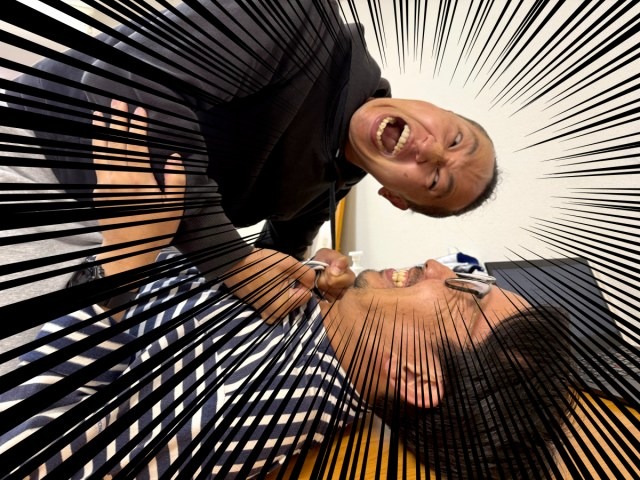
And so ends another Halloween in Japan. We’ll figure out something worthwhile to do one of these years.
Photos ©SoraNews24
● Want to hear about SoraNews24’s latest articles as soon as they’re published? Follow us on Facebook and Twitter!
Credit:
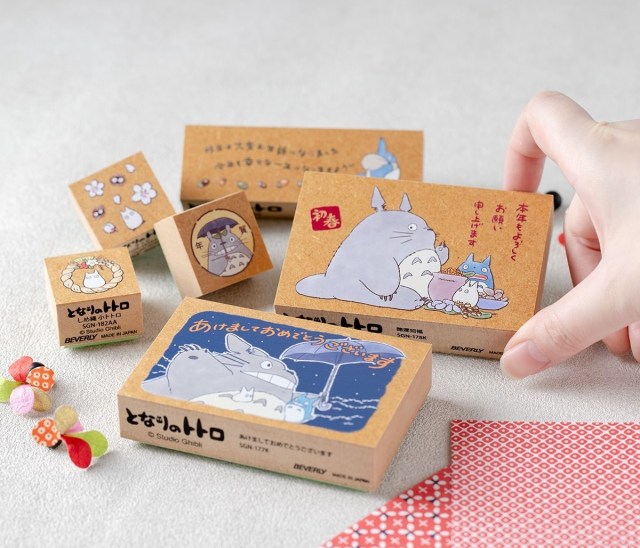
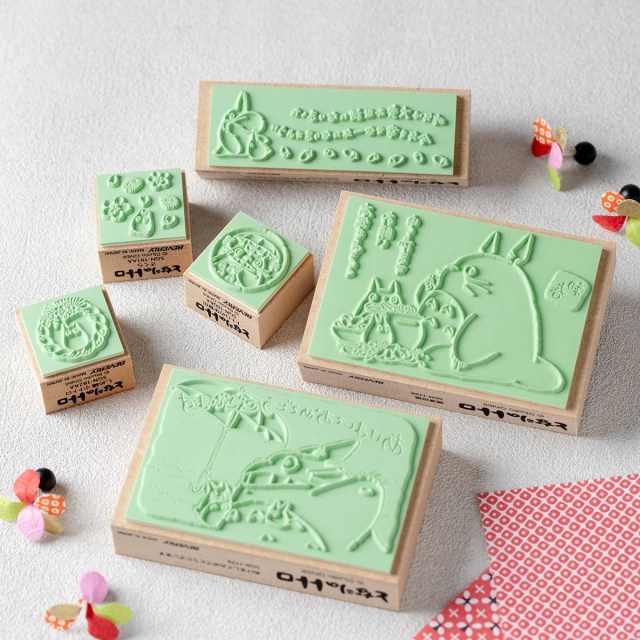
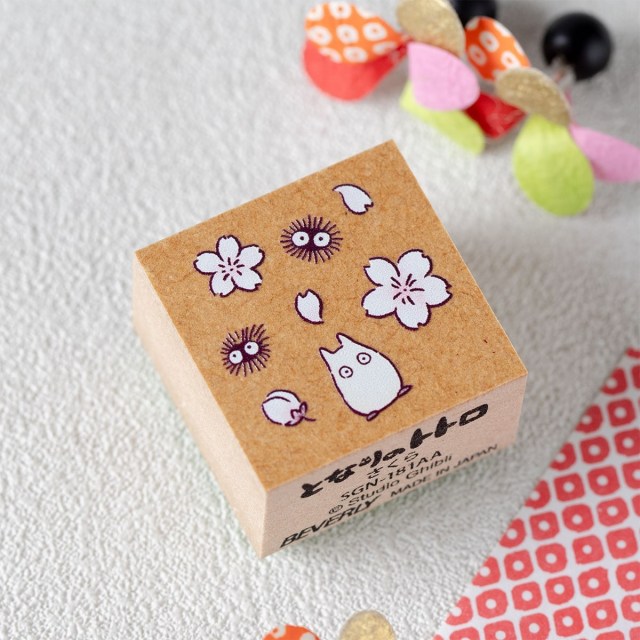
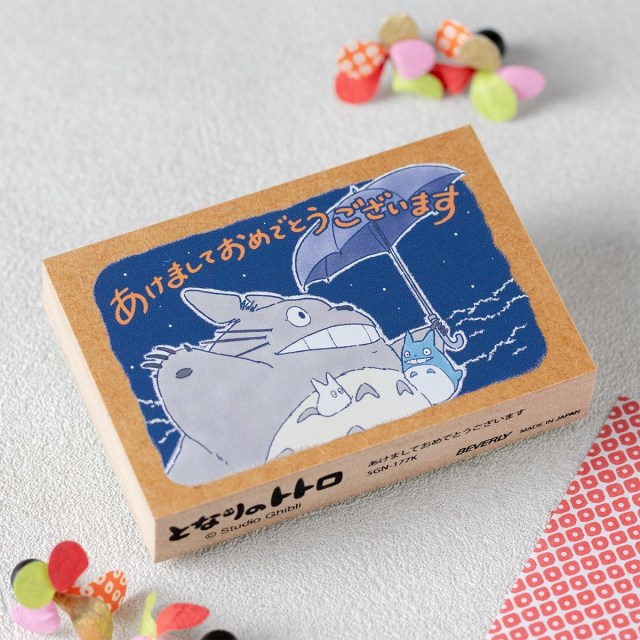
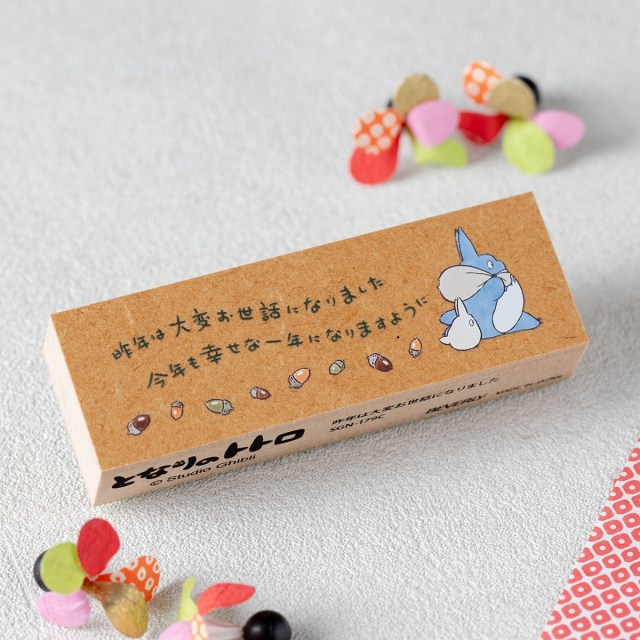
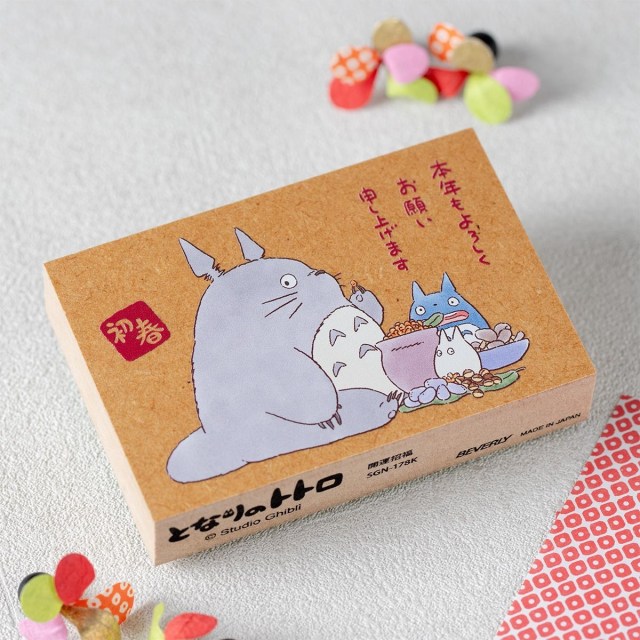
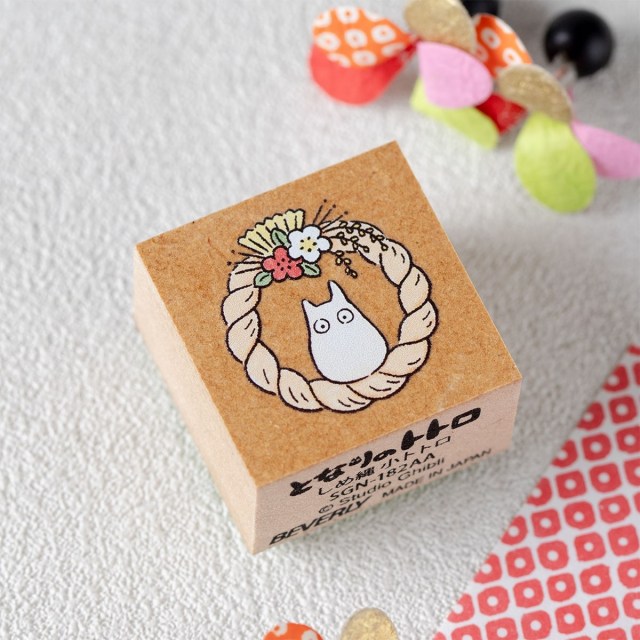
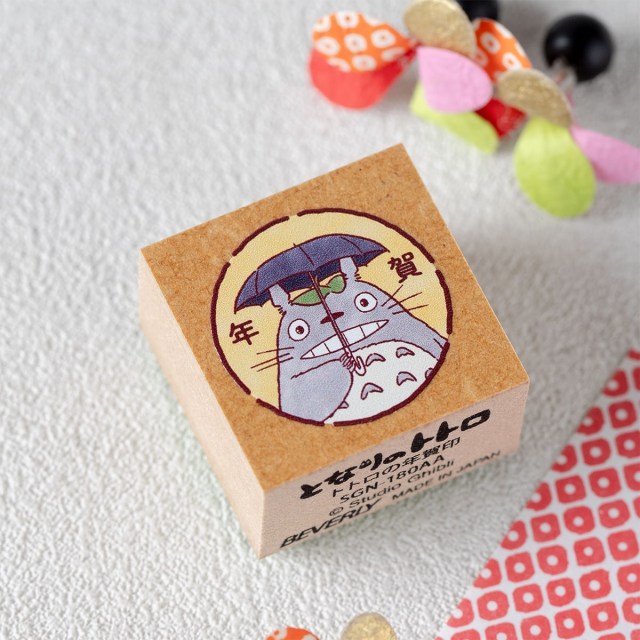
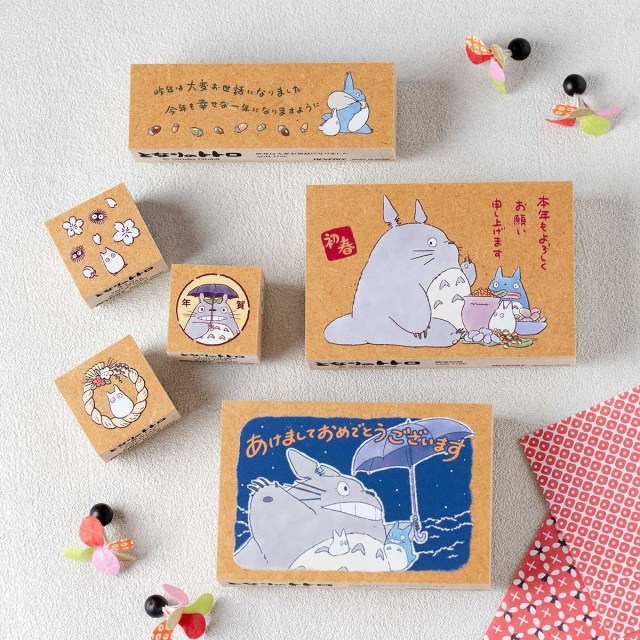

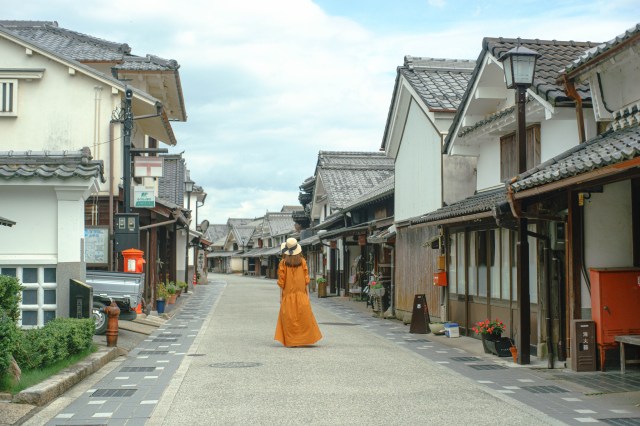


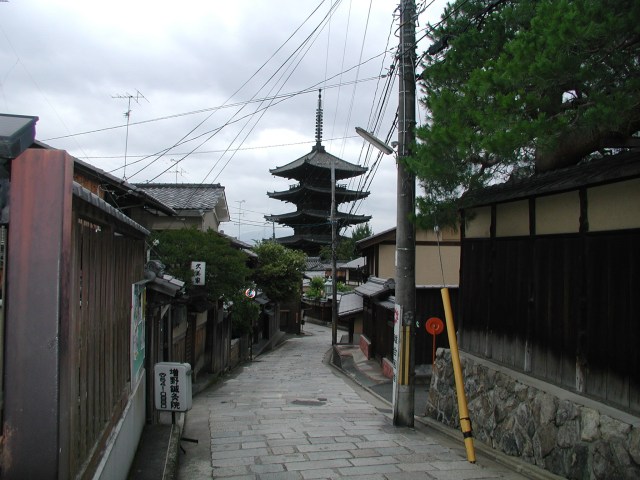
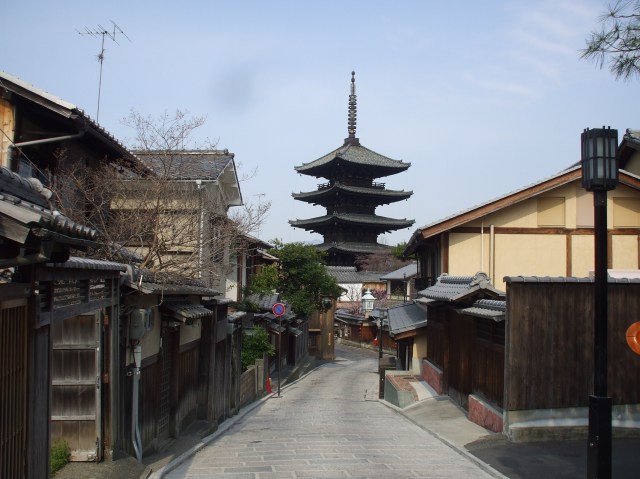
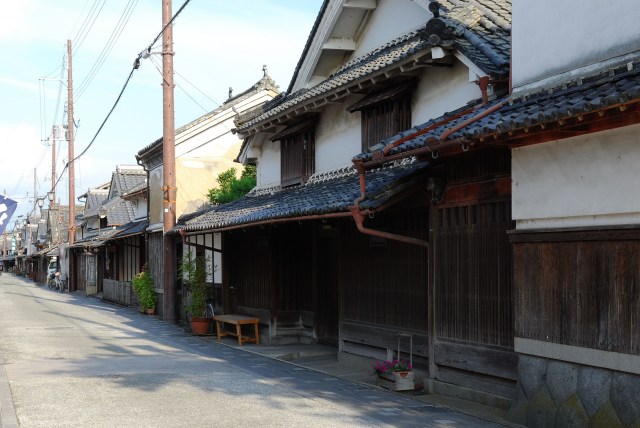

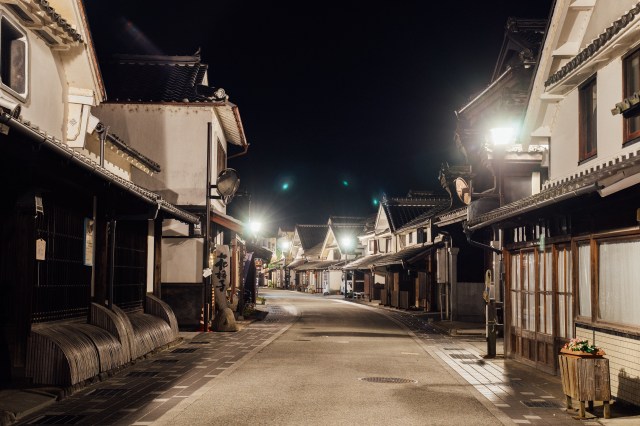





















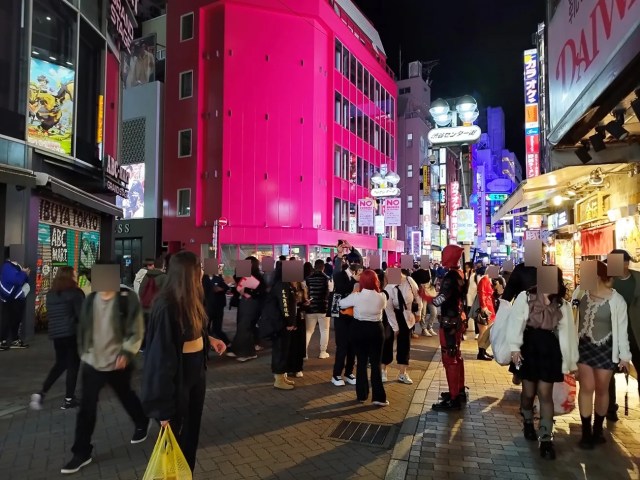
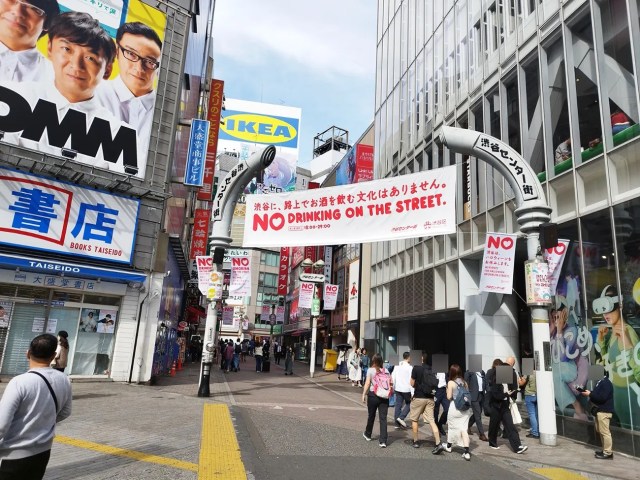
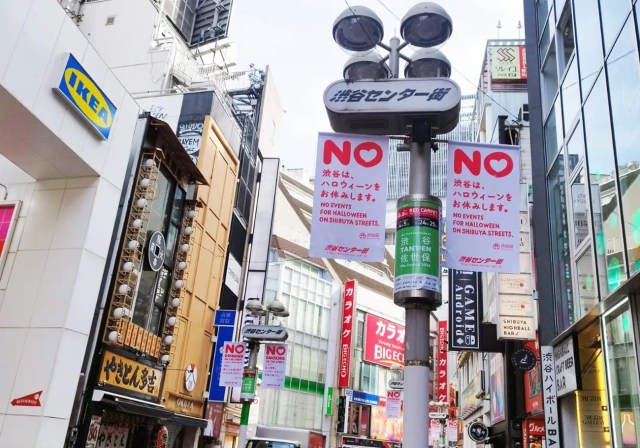
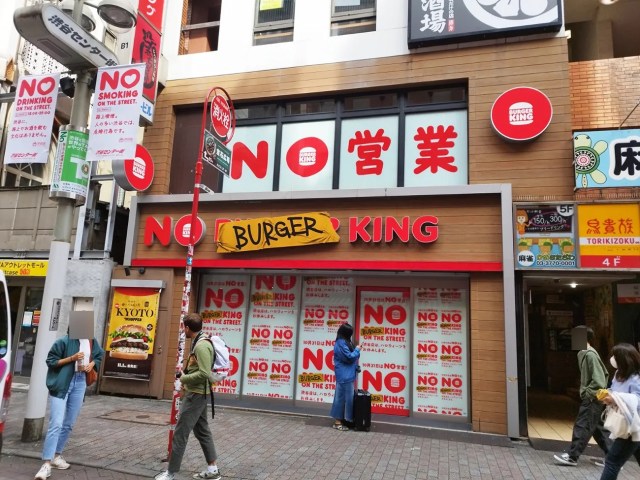
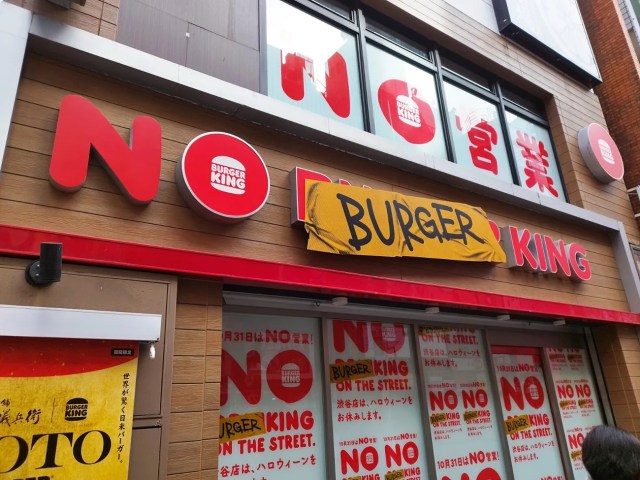
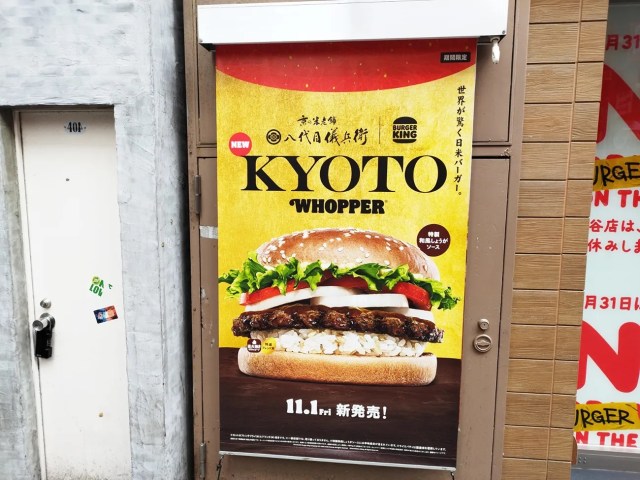
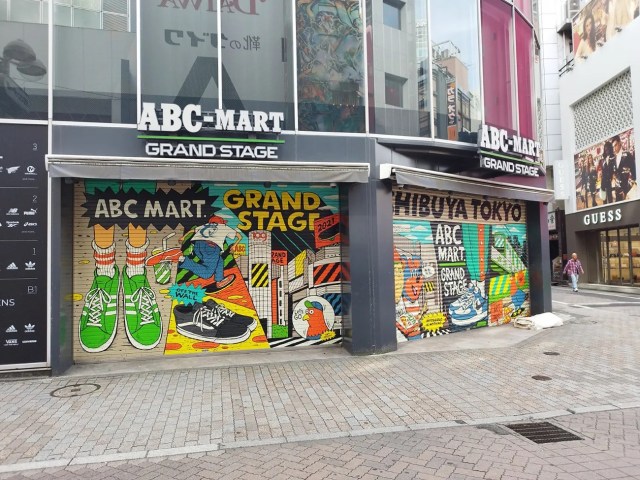
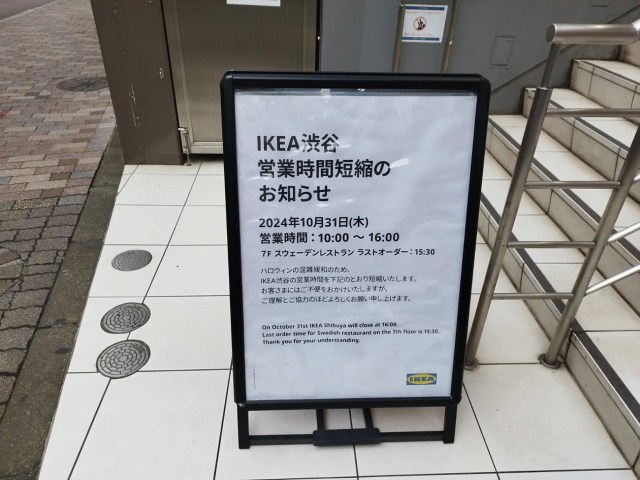
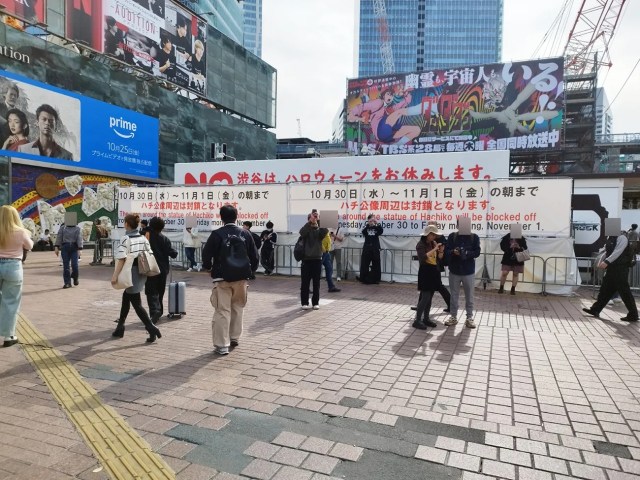

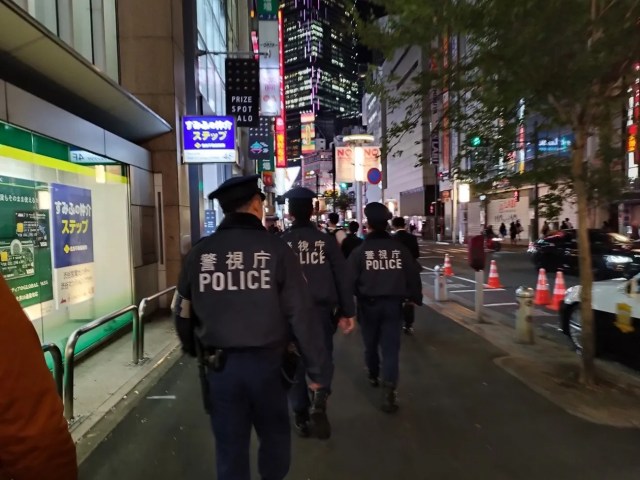
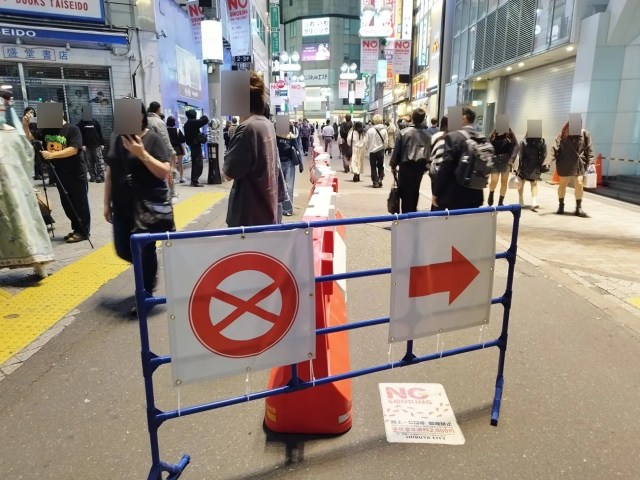
0 comments:
Post a Comment